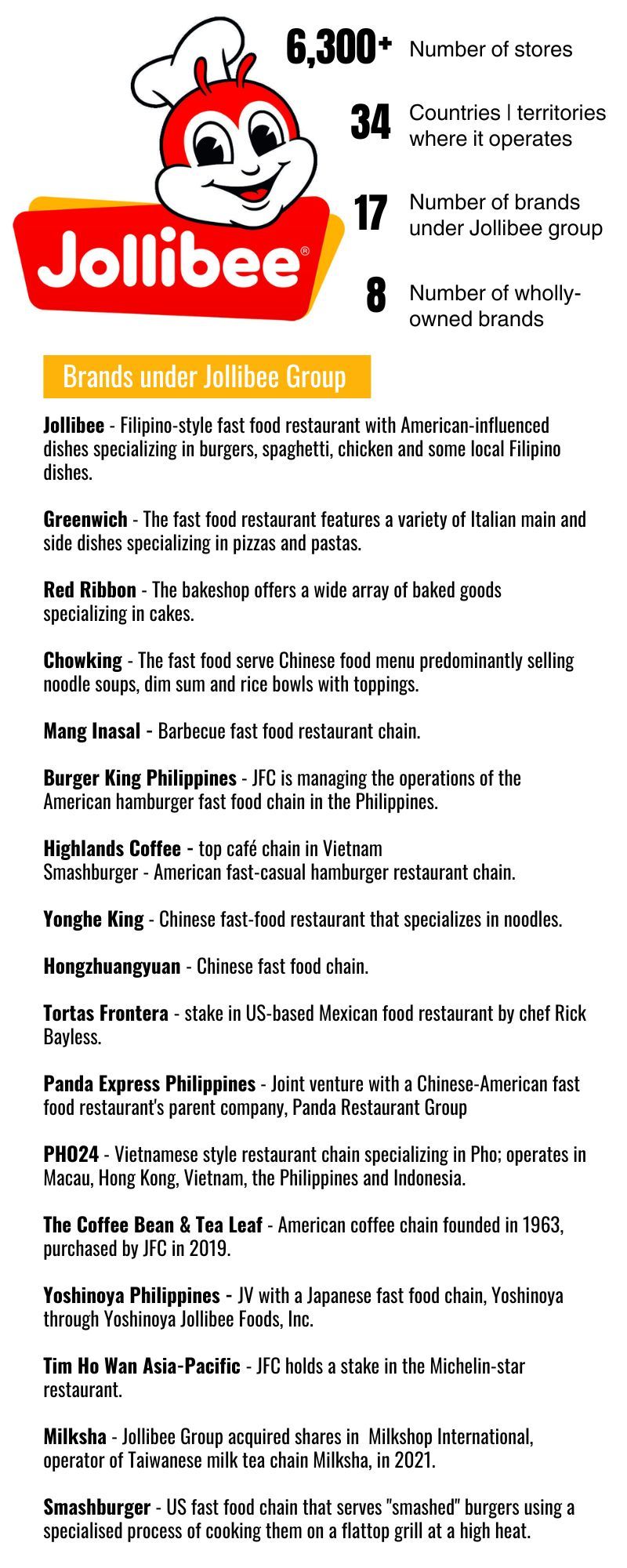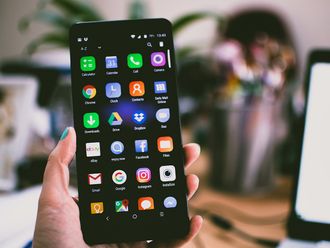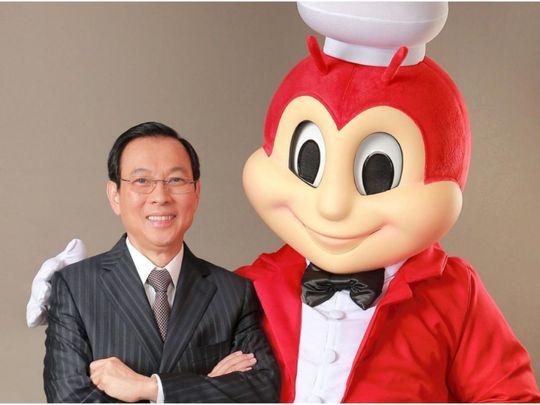
Highlights
- Tony Tan Caktiong, who started as a dishwasher in a family restaurant, now chairs Jollibee Foods Corporation (JFC), with a market cap of $4.68 billion.
- The fast food chain started in 1978 as an ice cream franchisee with 2 branches in Manila.
- They decided to include burgers, spaghetti and fried chicken on the menu, and shut the ice cream franchise.
Manila: “Langhap sarap” (smell the tastiness) is a distinct food habit Filipinos have. It means (roughly) “smell the food before eating”.
That’s the aspiration that built Jollibee, the Manila-based fast food empire. The man behind it, Tony Tan Caktiong, founder and chairman of Jollibee Foods Corp. (JFC), knows what hard work – and good food – are all about.
He started as a dishwasher in a family-owned restaurant, later transitioned to roles such as food server and staff responsible for clearing tables at his father’s restaurant in Davao, about 960 km south of Manila.
36,314
Number of employees of the Jollibee Group (2021)As US-based fast-food chains gained global popularity, Jollibee focused on satisfying local palates. It offers Asian, American, and European cuisine in a fast and budget-friendly manner.
This homegrown brand outshines products like the Big Mac and Whopper with its signature “Yumburger” and “Chicken Joy”, propelling Tan Caktiong to immense wealth in the process.
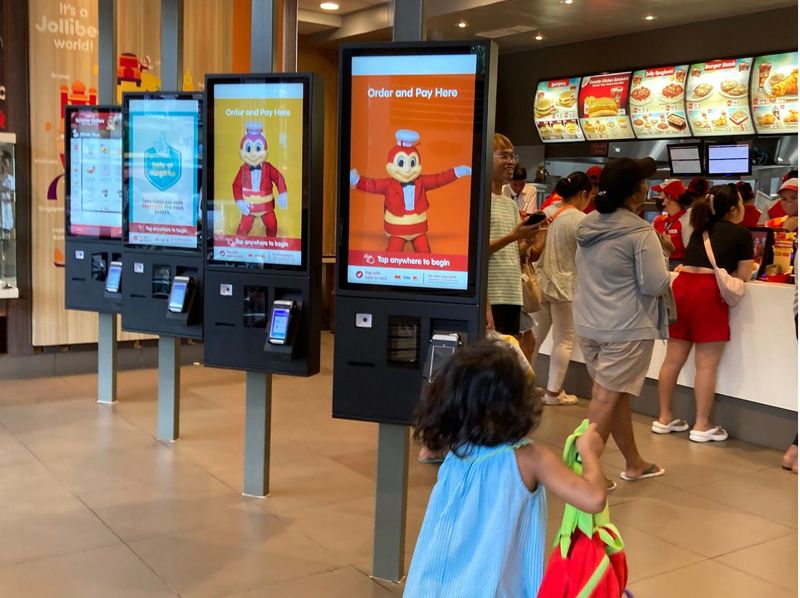
Tan Caktiong, 71, is the undisputed king of quick-service food here.
The listed company had a market capitalisation of $4.68 billion (as of March 15, 2024), as the group has hit more than 6,300 branches.
In the Philippines, it has double the number of branches and revenues of McDonald’s, according to Wolf of Franchises. Globally, however, Jollibee is nowhere near where McDonald’s is (40,000+ branches). Or not yet.
Expansion, acquisitions
Caktion isn't afraid to raise the bar higher for himself and his team. A strategy marked by a combination of expansion and acquisitions allowed the group to grow, currently employing more than 36,000 people.
Dreams are free. Why limit what you’re aspiring for? (But) dreaming is not enough. One needs to put in enough energy and input.
Thanks to the Filipino diaspora, everywhere Tan Caktiong opens a store, it gets enthusiastic reception – a recurrent sight at every new city it conquers, with 100 stores in North America.
This underscores the profound affection customers hold for Jollibee's offerings, including the iconic Jolly Crispy Chicken, Chicken Sandwich, and Peach Mango Pie.
Early years
Tan Caktiong went off to a modest start. After clearing tables and doing the dishes in their Davao family-owned restaurant, he completed his degree in Chemical Engineering.
He dreams big, and is not afraid of making mistakes.
At age 22, backed by family savings and inspired by a visit to an ice cream plant, Tan Caktiong started with a franchising opportunity with Magnolia Dairy Ice Cream with two branches (Cubao and Quiapo), in 1978.
Jollibee later expanded its menu to include hot sandwiches and other meals. It’s the “Yum Burgers” and “Chicken Joy” that hit it off with customers. He shut off the ice cream franchise that same year.
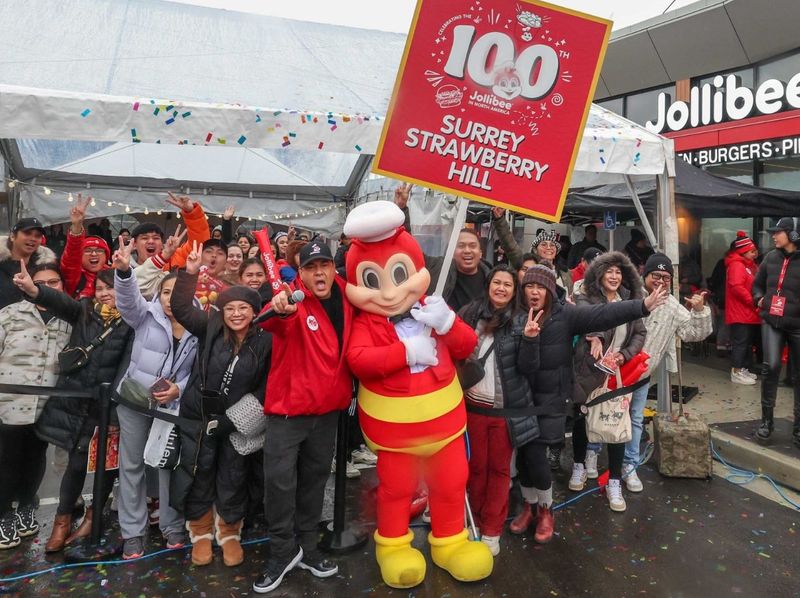
“If you dream big and put your dream into action, you will indefinitely make mistakes,” he’s quoted as saying. “Don’t be scared to make mistakes. Just be quick to recognise them and learn from them as fast as you can. Learn from each mistake and it will not be a waste of time.”
Jollibee did face stiff competition primarily from McDonald's, Burger King, Tropical Hut. They’re all renowned for their diverse menu featuring several favourites similar to those offered by Jollibee. Then Caktiong opted to invest in Burger King's Philippine operations.
It's his learning-by-doing mantra allowed Caktiong to carve out his own brand – backed by simple, emotionally-driven advertising – as the Philippines’ quintessential fast-food chain.
With additional store openings, Jollibee thrived in its home market.
“Dreams are free,” said Caktiong. “Why limit what you’re aspiring for? (But) dreaming is not enough. One needs to put in enough energy and input.”
Setbacks
Renowned for risk-taking and nose for opportunity, Tan Caktiong has also acquired potential competitors (e.g., Mang Inasal, Greenwich Pizza, Coffee Bean and Tea Leaf), thereby growing his market reach.
His ambitions for Jollibee did face speed bumps. In 2018, he boldly proclaimed his vision for Jollibee to become the world’s largest food company.
The pandemic dealt a severe blow to the fast-food tycoon's fortunes. Despite nearly 90 per cent of Jollibee outlets reopening by June 2020, restrictions limited operations to delivery and takeout only.
Although Jollibee boasts over 3,300 outlets in the Philippines and about a similar number overseas, including US-based chains Smashburger and Coffee Bean & Tea Leaf, the company was forced to close nearly 70 outlets abroad.
Lockdowns also severely impacted its home market, where the majority of revenues still relied on dine-in sales.
This led to a sharp decline of over 40 per cent in Jollibee’s stock price, leading to a net loss of 7.8 billion pesos ($159 million) in 2020. It also slashed Tan Caktiong’s net worth by 37 per cent to $1.9 billion.
Tan Caktiong and his teamrose to the challenge. Jollibee expanded its utilisation of “cloud kitchens”.
There were other setbacks. And not all his ventures yielded favourable results. In 2023, Tan Caktiong faced losses due to unprofitable acquisitions.
In a regulatory filing and disclosure to the Philippine Stock Exchange in 2023, JFC reported a 463.1-million-peso ($8.3-million) “impairment” – loss – on the Pho24 trademark, following the closure of all four branches of the Vietnamese noodle soup shop, which was anticipated to hit $20 million with write-downs.
For him, setbacks are learning opportunities. Jollibee Group recently opened its 500th store in Mainland China with its Yonghe King branch in Shanghai's Putuo Rong Chuang Xiang Yi luxury estate area.
Lifelong learning
The story behind the name is as interesting as the company. When Tan Caktiong and his family were brainstorming on a symbol for their business, they thought of a bee – known for its hard work.
And when they learned that the number one fast food chain in the world was making an entry in the Philippines, Caktiong knew that he had only two choices: to be a franchise of a global brand – or to stand on its own. He chose the latter.
JFC today is named one of the fastest-growing restaurant companies in the world. Jollibee's remarkable growth owes to its ability to cater to diverse global palates with an affordable and varied menu. As it bolsters its presence in more cities around the world, while maintaining its dominance in the Philippines, Caktiong expects to make some mistakes to learn from.
“When it comes to education, the only school I can learn from is the school-of-hardknocks," he said. "And I’m still learning today.”
For Tan Caktiong, beyond the Jollibee Group's $4.68-billion success story, it's the lessons learnt that truly matter.

Awards
- Named the the Philippines' most admired company by the Asian Wall Street Journal
- Honoured as one of Asia's Fab 50 Companies
- Among the World's Best Employers
- World’s Top Female-Friendly Companies (Forbes)
- The company is also a two-time recipient of Gallup’s Exceptional Workplace Award.
- Tan Caktiong also won the title of World Entrepreneur Of The Year in 2004.
